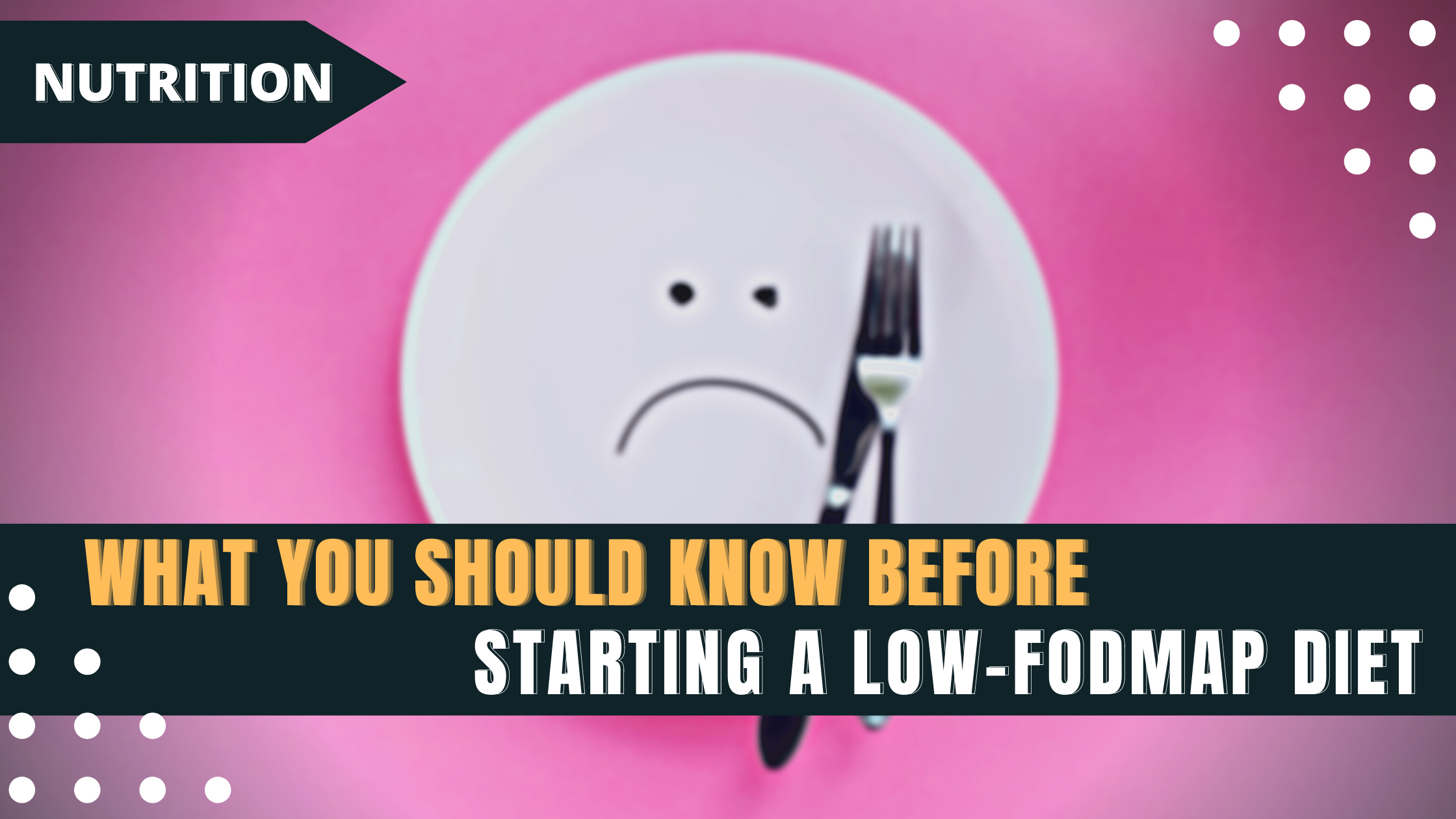
The body uses these indigestible carbs to produce energy. All data and statistics are based on publicly available information at the time of publication. Some information may be out of date. Check this article’s website for up-to-date information. FODMAPs refer to fermentable oligosaccharides, disaccharides, monosaccharides, and polyols. This is not an exhaustive list. To figure it out, you need to do some research. Here are 4 things to know about FODMAPs: They can vary in source, amount, and composition. Examples include wheat, barley, oats, rye, sweet potatoes, sugarcane, peas, garlic, apples, grapes, lentils, rice, fruit, nuts, pears, citrus, bananas, legumes (such as beans or peas), dried fruits, honey, coconut, soybeans, pumpkin seeds, rice bran, chickpeas, olives, green apples, quinoa, kidney beans, and peanuts. Your body does not eat all of them. For example, there are only 2 kinds of FODMAPs: fructans
glucosides Glucose is also found in foods such as fruit, milk, yogurt (when soaked overnight), butter, ice cream, meat, fish, eggs, cheese, and honey. Glycogen is glucose's storage form. It can come from different food sources, especially those with a high glycemic index (GI). Insulin binds to glucagon and acts on blood sugar levels.
However, glycogen is stored in liver cells and muscles.
Glycogen is broken down into 3 types of glucose by your metabolic system and absorbed through receptors in the small intestine.
In contrast, glycogen isn’t used by your body and goes straight to the liver. FODMAPs FODMAPs are fermented materials that contain indigestible molecules similar to short-chain fatty acids. But they differ from other forms of sugar because they have shorter chains — just 4-6 carbon atoms. These substances act as prebiotics for gut bacteria. Prebiotics feed their beneficial microbes; also known as probiotics. Most of the FODMAPs are usually non-digestible.
Dietary fiber provides bulk for the stool and slows digestion. FODMAPs help feed bacteria. FODMAPs make up 10 to 20 percent of total dietary fiber and provide nutrients such as vitamins B6 and B12. Source: MedlinePlus Reference List FODMAPs may improve nutrient absorption when consumed in high amounts and help maintain the microbiota balance. They may also reduce the risk of type 2 diabetes.
How much should I eat?
Harvard Health Publishing claims. gov: 30 grams per day for adults and children under 18 years old. Adults with severe lactose intolerance should consume 50 grams per day. People who have type 1 diabetes should consume 80 grams of gluten per day. Diabetic children aged 6-18 months should consume 100 grams of protein per day based on age and activity level.
As of 2021, the most recent guidelines do not recommend increasing FODMAP intake above this daily limit. Summary High fructose corn syrup (HFCS) contains more than 15 grams of fructose per tablespoon. Sugar in beverages, including soda and sports drinks, has 11 times more glucose than HFCS. One cup of cola contains 12 teaspoons of sugar with only 5 calories, compared with 8 teaspoons of HFCS. Although HFCS does contain fewer calories, it makes you feel fuller longer. Fiber from natural foods, such as legumes, whole grains, and vegetables, is low in calories but still delivers fiber, vitamins, minerals, and antioxidants.
This means it can help you meet your recommended intakes of potassium, phosphorus, magnesium, vitamin C, folate, and B vitamin levels. Plus, fiber helps regulate blood sugar levels because it’s a slow burner from solid food in digestibility and transit time. So, if you drink any kind of alcohol, choose lower-calorie alcoholic beverages. Alcohol has a negative effect on health; drinking too much can raise your blood pressure and increase your heart rate, according to Mayo Clinic. When choosing beverages, stick with sparkling water. Instead of sipping coffee with added sugar, try adding extra-strength cold brew, unsweetened tea, or Greek yogurt and freshly squeezed juice throughout the day. Consider using naturally fermented cheeses and kefir to add a little kick to your morning cup of joe.
Try making hummus, kimchi, miso, sauerkraut, pickles, and ciabatta instead of sugary condiments and pickled veggies instead of sauces. Avoid heavy products such as bread, cookies, chips, crackers, pastries, and popcorn. Consume less refined grain products such as white bread, pasta, cereal, granola bars, sweets, and treats, as well as processed meats, poultry, or seafood. Get to store shelves early and stock up before they become run-of-the-mill items. Skip-packaged frozen fruits, vegetables, and dairy products. Select from fresh, frozen, or canned options. While refrigerated, buy organic produce; buying seasonal foods limits your exposure to pesticides. Read labels carefully and avoid single source sources (like wild-caught salmon on sale at Whole Foods) and expired seafood. Always wash fruits, veggies, and dairy items before eating and check expiration dates to ensure they haven’t expired.
Keep cans of wine and beer sealed and in a cool area. Drink water instead of soft drinks. Unsweetened juices (like orange slices) and teas offer many benefits, including the fact that plain tea doesn’t add any artificial flavors or colors. Other options include unsweetened coffee and hot cocoa. Opt for diet sodas, such as Sprite Zero. Soda is a good choice if your goal is to lose weight or increase the calorie count. There are lots of brands to choose from. Be sure to ask questions, read reviews, and look for ingredients. Limit your intake of fried foods, snack foods, salty snacks, fried foods, fast food, sweet, spicy, savory, oily, and highly processed meals or desserts.
